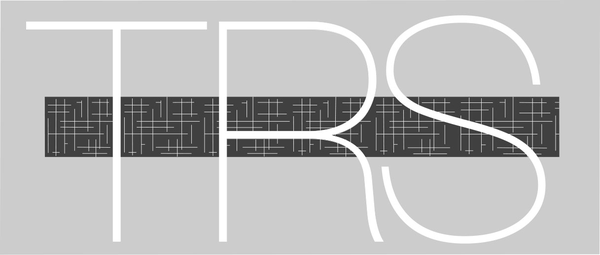Top Surgery Recovery
Quit smoking at least 2 months prior to your surgery and during your recovery to minimize complications from occurring. Smoking affects healing by restricting oxygen and blood from traveling to the wound to repair and build cells. Using tobacco lowers blood oxygen levels, which could cause failure or delayed healing of the skin and wound infections, resulting in worsening the appearance of surgery scars and skin discoloration.
Comfortable clothing that consists of short/long sleeve button up tops, zip-up hoodies, and athletic pants/shorts with a stretchy waistband help prevent discomfort and strained incision sites by reducing the need to lift your arms above your head or below your knees.
A back scratcher could help with scratching your body while your arms have a limited range of movement. Due to opioid pain medication side-effects, itchiness on your body may occur.
Slip-on shoes, such as slippers, flip-flops, or boat shoes prevents the need of reaching down and having to tie shoelaces, which could strain incisions.
Bending straws reduces strain to incision sites and limitation of fully moving your arms while drinking fluids and taking post-op medications during recovery.
Plastic & paper dishes/cups make it easier to transport food from your kitchen due to its lightweight.
Bathing sponge on a stick minimizes the need to bend over while bathing.
Adult washcloths & no rinse body bath/shampoo allows you to keep your body feeling clean to support the healing process while preventing water from directly touching incision sites, dressings, and drains.
Non-stick gauze pad/Adaptic non-adhering dressing could be used over nipple grafts to prevent pulling and wound disruption during dressing changes.
Alcohol pads could clean blood or any unwanted residue on the outside of your drains during recovery.
Wound cleanser cleanses wounds to help prevent bacteria growth caused by moisture that can lead to infection.
Incision tapes are placed over incisions post-op. Unless your skin cannot tolerate the tapes, try to avoid removing the incision tapes earlier than the time frame your surgeon recommends. This prevents tension on incisions and provides a small amount of pressure to reduce scarring.
Scar reducing silicone tape/sheeting/oils/creams could reduce the appearance of post-op scarring. It has been successfully used by many individuals who have undergone top surgery.
Note: It is essential to massage scars once they have healed. Massaging your healed scars in the direction of the scar could help stimulate blood circulation and promote tissue flexibility that surrounds the surgical site.
Long sun exposure/sunburn should be avoided. Try to minimize long sun exposure and getting a sunburn for at least one year. Wear light-colored tops and sunscreen when exposed to sunlight. Doing so will protect your incisions and grafts during recovery, and reduce the chances of post-operative scars from darkening.
Infection could occur at anytime post-op. It is important to check for any signs of redness, tenderness, heat, foul odor, and/or discharges, such as pus at incisions. If you notice any signs of infection occurring, notify your healthcare provider immediately to obtain further care instructions or treatment.
